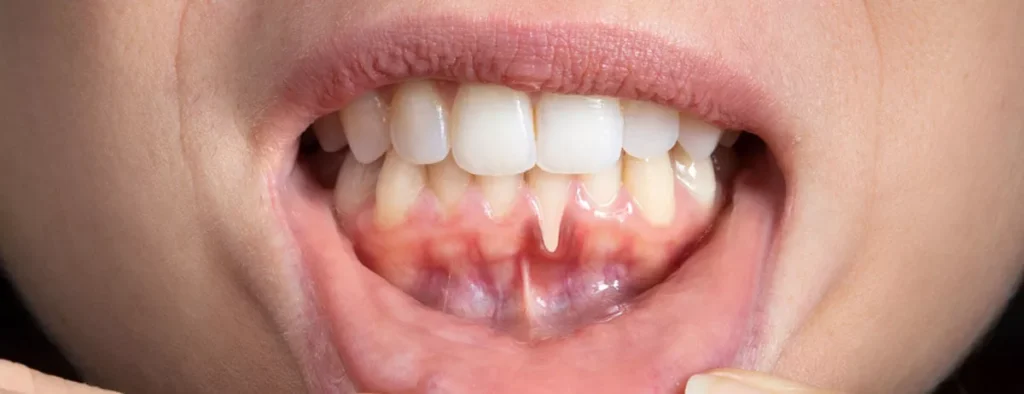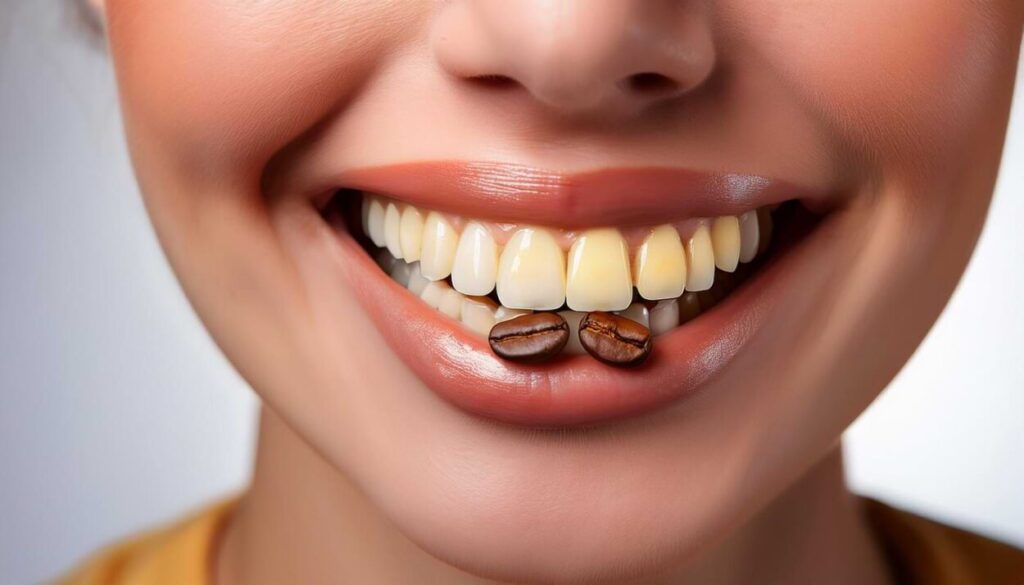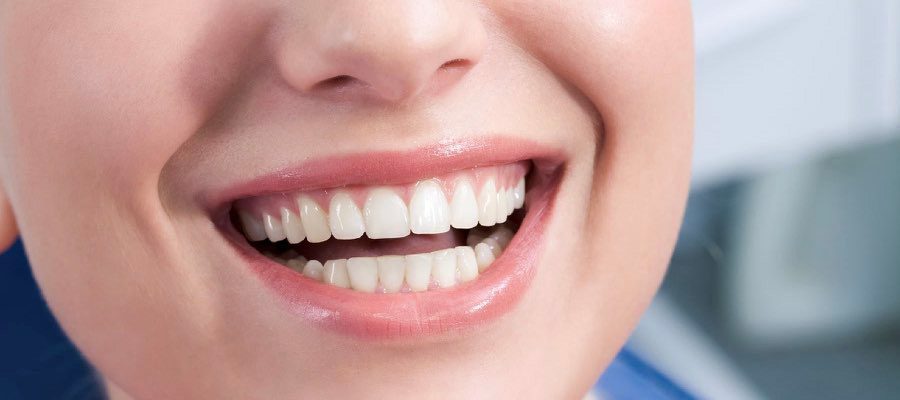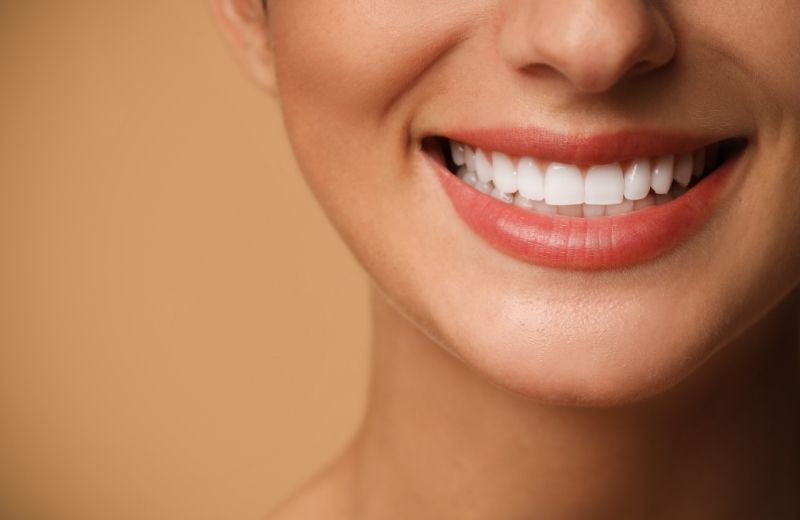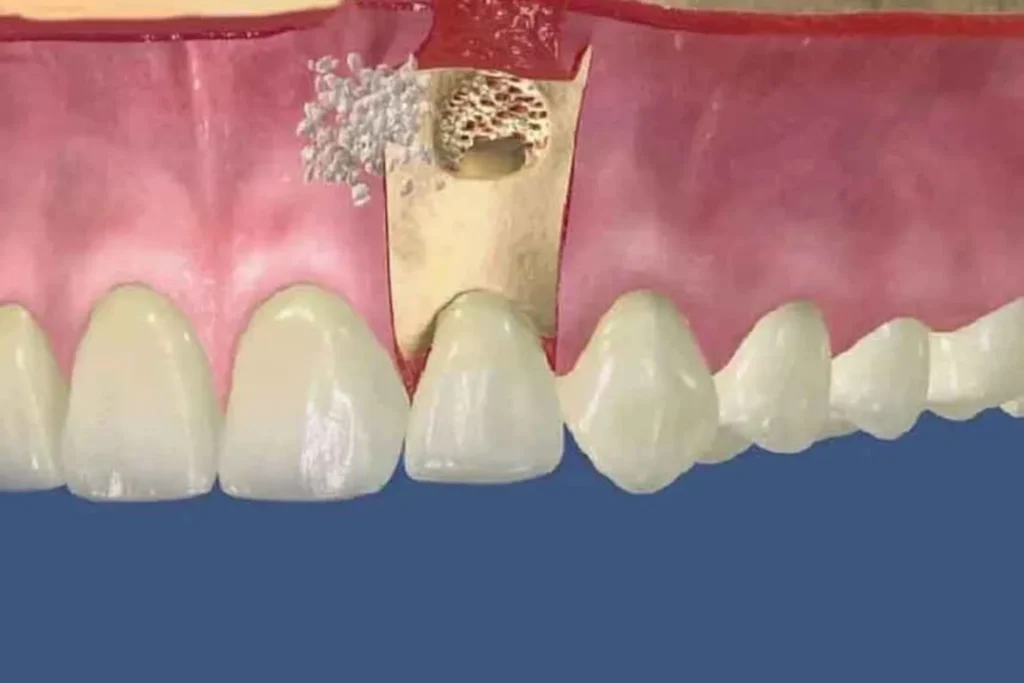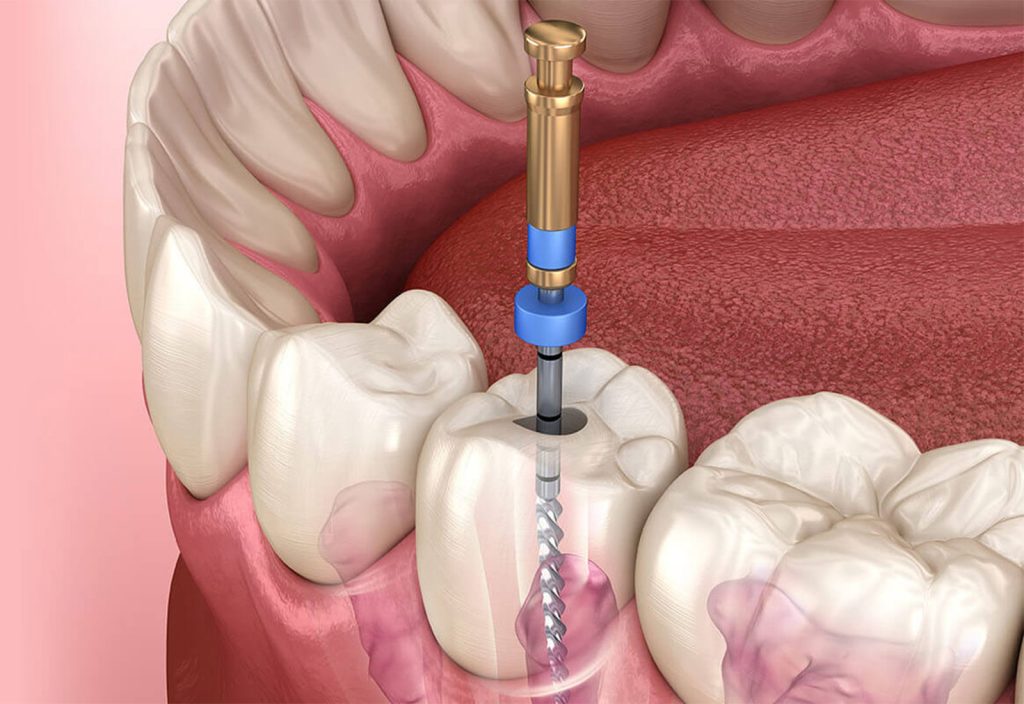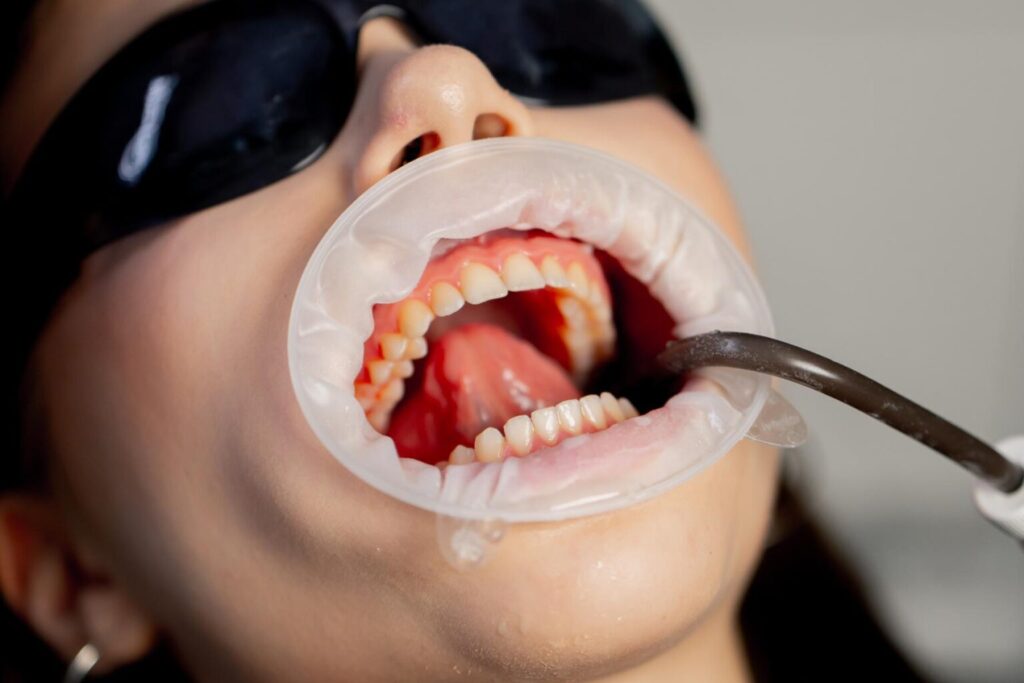Gum recession occurs when the soft tissue surrounding the teeth gradually pulls back, exposing the tooth roots. This condition not only affects the appearance of your smile but also poses serious risks to dental health. If not treated early, it can eventually lead to tooth loss. In this article, we’ll explore the main causes of gum recession and how to prevent it.
Inadequate or Improper Oral Care
Maintaining healthy gums starts with consistent and proper oral hygiene. However, many people either neglect oral care or use incorrect cleaning techniques.
Poor oral hygiene: Skipping regular brushing, flossing, and interdental cleaning allows plaque and tartar to accumulate, irritating the gums and causing them to recede.
Incorrect brushing technique: Using a hard-bristled toothbrush or brushing with excessive pressure can damage the gum tissue.
Lack of professional cleaning: Without regular dental checkups and professional cleanings, tartar buildup can lead to gum inflammation and eventually recession.
To protect your gums, use a soft-bristled toothbrush, learn the correct brushing technique, and visit your dentist regularly.
Periodontal Disease and Systemic Factors
One of the leading causes of gum recession is periodontal disease. Over time, gum inflammation and tissue destruction progress to bone loss, resulting in receding gums.
Gingivitis and Periodontitis: Untreated gingivitis can advance to periodontitis, a severe form of gum disease that damages both the gums and supporting bone.
Hormonal changes: Fluctuations during puberty, pregnancy, or menopause can make gums more sensitive and prone to recession.
Systemic diseases: Chronic conditions such as diabetes can compromise gum health and increase the risk of gum recession.
Smoking: Tobacco use restricts blood flow to the gums, slows healing, and accelerates tissue loss.
Keeping gums healthy requires attention not only to oral hygiene but also to overall health and lifestyle.
Teeth Clenching, Orthodontic Issues, and Structural Factors
Gum recession can also be triggered by mechanical stress and tooth positioning problems.
Teeth clenching or grinding (bruxism): Continuous pressure on the gums and surrounding tissues can cause microtrauma, leading to gum recession.
Orthodontic irregularities: Crowded or misaligned teeth can create uneven stress on the gums, especially in the lower front teeth.
Poorly fitted restorations: Ill-fitting fillings, crowns, or bridges can irritate the gum line and cause tissue to recede.
Genetic predisposition: Some people naturally have thinner or more delicate gum tissue, making them more vulnerable to recession.
Recognizing these factors early and consulting your dentist regularly can help prevent further damage.
Final Thoughts
Gum recession is more than an aesthetic issue—it’s a warning sign of potential dental health problems. The most common causes include inadequate oral hygiene, gum disease, systemic conditions, smoking, teeth grinding, and orthodontic issues. Maintaining good oral hygiene, using proper brushing techniques, adopting healthy habits, and scheduling regular dental checkups are key to prevention.
Early diagnosis and professional dental care can stop the progression of gum recession and protect your smile for the long term.
Disclaimer: This article is for informational purposes only and is not a substitute for professional dental advice. Each patient’s condition may differ, so it’s important to consult a qualified dentist for personalized evaluation and treatment.
